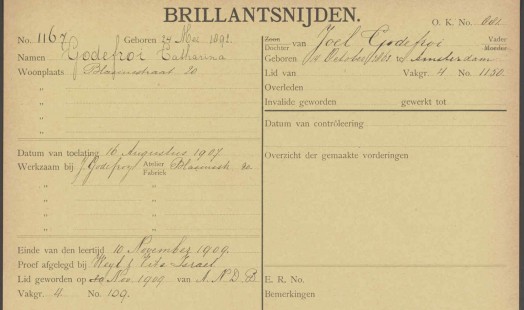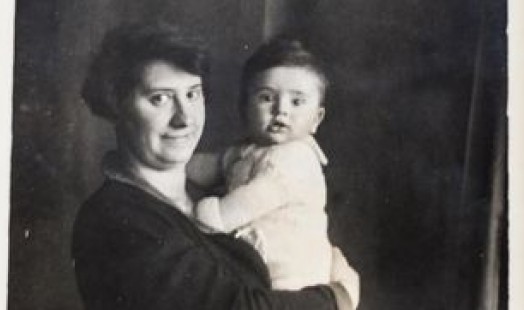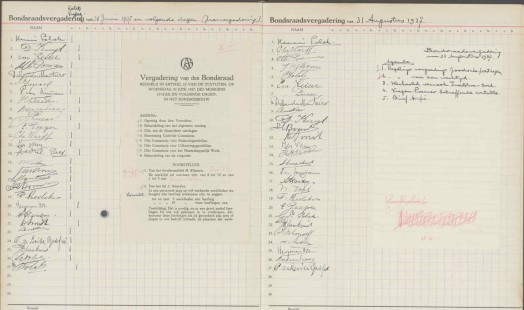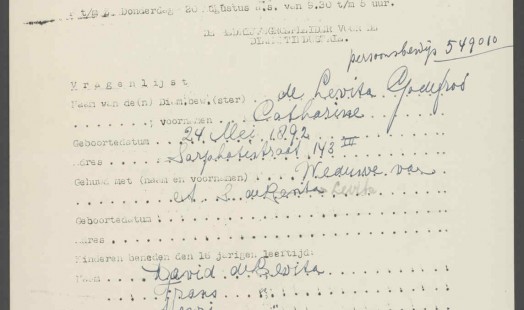Catharina de Levita-Godefroi
Catharina (Cato) Godefroi was born in Amsterdam on 24 May 1892. She trained as a brilliant cutter, joined the Algemene Nederlandse Diamantbewerkersbond [General Diamond Workers’ Union of the Netherlands, ANDB], and was active in the Union.
Catharina was born to ‘a humble but well-respected family of decent people, with a lingering aura of having brought forth the first Jewish government minister in the history of the Netherlands: Michel Henry Godefroi served as minister of Justice in the first Thorbecke council of ministers, and the family took pride in him. (…) Nothing remained, however, of the affluence associated with the prestige of being minister,’ noted her son David de Levita. [1]
[1] D.J. de Levita, ‘Catharina de Levita-Godefroi’, https://www.sobibor.org/nl/catharina-de-levita-godefroi/









